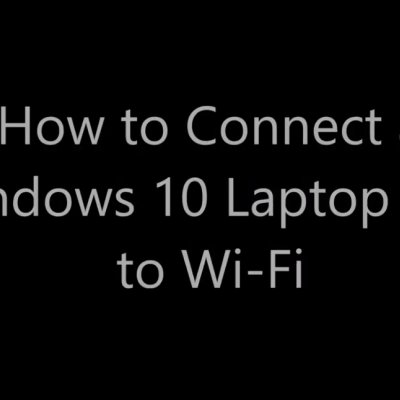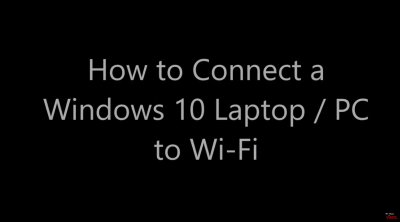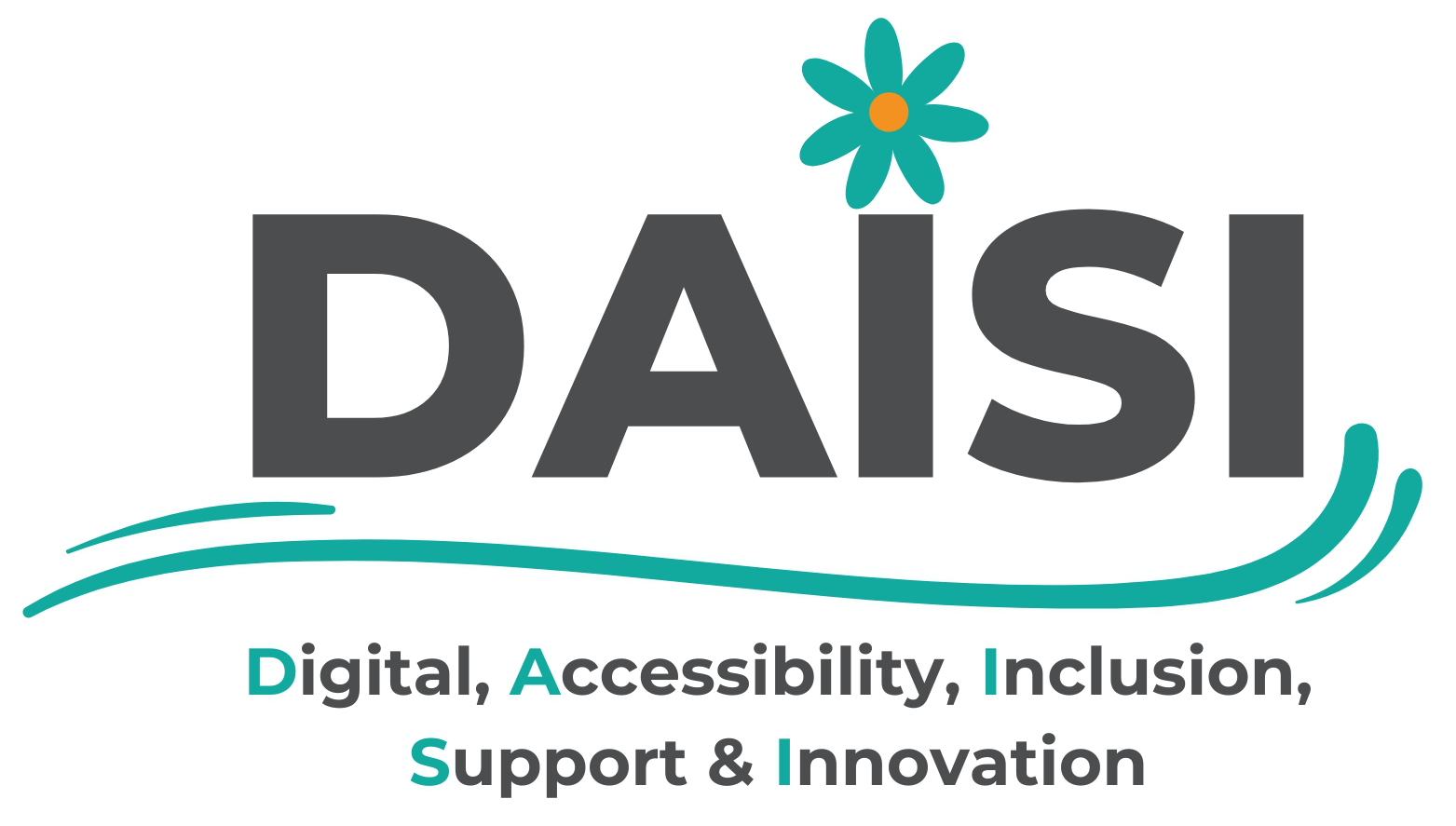Communication has always been central to human connection. From ancient symbols carved in stone to instant messages sent across continents. But in the modern era, technology has completely reshaped how we share ideas, emotions, and information. The rise of digital communication has blurred borders, accelerated collaboration, and created new challenges for privacy, clarity, and human connection.
1. What Is Modern Communication?
Modern communication refers to the exchange of information using digital technologies and electronic media. It encompasses everything from emails and social media posts to video calls and instant messaging apps. Unlike traditional forms such as letters or face-to-face meetings, modern communication relies heavily on the internet and mobile networks, making interaction faster, easier, and global.
In today’s world, billions of messages are exchanged daily through platforms like WhatsApp, Zoom, and Microsoft Teams. This transformation has not only changed how we communicate but also how we think, work, and form relationships.
2. The Evolution of Communication Technology
Communication technology has evolved rapidly over the past few decades.
- Early Digital Era: The invention of email in the 1970s and mobile phones in the 1980s laid the foundation for instant communication.
- Internet Revolution: The 1990s brought chat rooms, forums, and early social networks, connecting people globally for the first time.
- Smartphone Era: The 2000s saw the rise of texting, social media, and video calling. Communication became mobile, visual, and constant.
- AI and Cloud Age: Today, artificial intelligence, cloud computing, and real-time translation tools allow seamless global collaboration. Voice assistants and chatbots are even beginning to communicate on our behalf.
3. Key Forms of Modern Communication
| Digital Messaging | WhatsApp, Telegram, Signal | Instant text-based communication; quick and personal |
| Gmail, Outlook | Structured communication for personal and professional use | |
| Video Conferencing | Zoom, Teams, Google Meet | Real-time visual interaction; essential for remote work |
| Social Media | Facebook, Instagram, X (Twitter), TikTok | Public and private communication; community and brand engagement |
| Collaborative Platforms | Slack, Trello, Asana | Combine communication with productivity and teamwork |
| Streaming & Live Broadcasts | YouTube Live, Twitch, TikTok Live | Real-time audience engagement and feedback |
These platforms demonstrate how communication has become instant, interactive, and integrated into nearly every aspect of life.
4. The Advantages of Modern Communication
Modern communication offers countless benefits:
- Speed: Messages and data can be shared instantly anywhere in the world.
- Accessibility: Affordable devices and internet access bring global communication to billions.
- Convenience: Texts, emails, or video calls can happen anytime, anywhere.
- Collaboration: Remote teams can work together through shared platforms and real-time tools.
- Global Connection: People can build relationships, learn, and share culture beyond geographical limits.
This interconnectedness has made the world smaller, supporting education, innovation, and even social movements.
5. Challenges in Modern Communication
However, the digital age also brings unique challenges:
- Information Overload: Constant notifications and digital noise can cause distraction and fatigue.
- Miscommunication: Tone and emotion can be lost in text-based exchanges, leading to misunderstandings.
- Privacy Concerns: Data leaks, surveillance, and phishing threaten user security.
- Digital Divide: Not everyone has equal access to technology or internet infrastructure.
- Dependence on Technology: Overreliance can reduce face-to-face interaction and interpersonal skills.
Balancing technology use with genuine human connection is crucial for healthy communication.
6. The Role of Communication in Modern Work and Society
In professional environments, modern communication tools enable remote work, virtual meetings, and digital collaboration. Businesses use communication platforms not only to manage projects but also to build brand identity and customer relationships.
Socially, communication apps have become community hubs — places to share experiences, celebrate achievements, and discuss global issues. During crises, such as pandemics or natural disasters, these tools become lifelines for connection and information.
7. The Future of Communication
The future of modern communication will be shaped by emerging technologies such as:
- Artificial Intelligence: Chatbots, AI translators, and adaptive writing assistants.
- Virtual and Augmented Reality: Immersive meetings and social experiences in 3D environments.
- 5G and Beyond: Faster, more reliable connectivity for real-time interaction.
- Ethical Design: Growing emphasis on privacy, mental health, and accessibility in digital tools.
Communication is becoming more intelligent, immersive, and personalized — bringing both opportunity and responsibility.
Conclusion
Modern communication defines how the world connects, learns, and collaborates. It has transformed every area of life — from personal relationships to global business. Yet, as messages become faster and more frequent, the essence of communication remains the same: understanding one another.
Technology may shape how we speak, but it’s empathy, clarity, and intent that determine whether we are truly heard.







